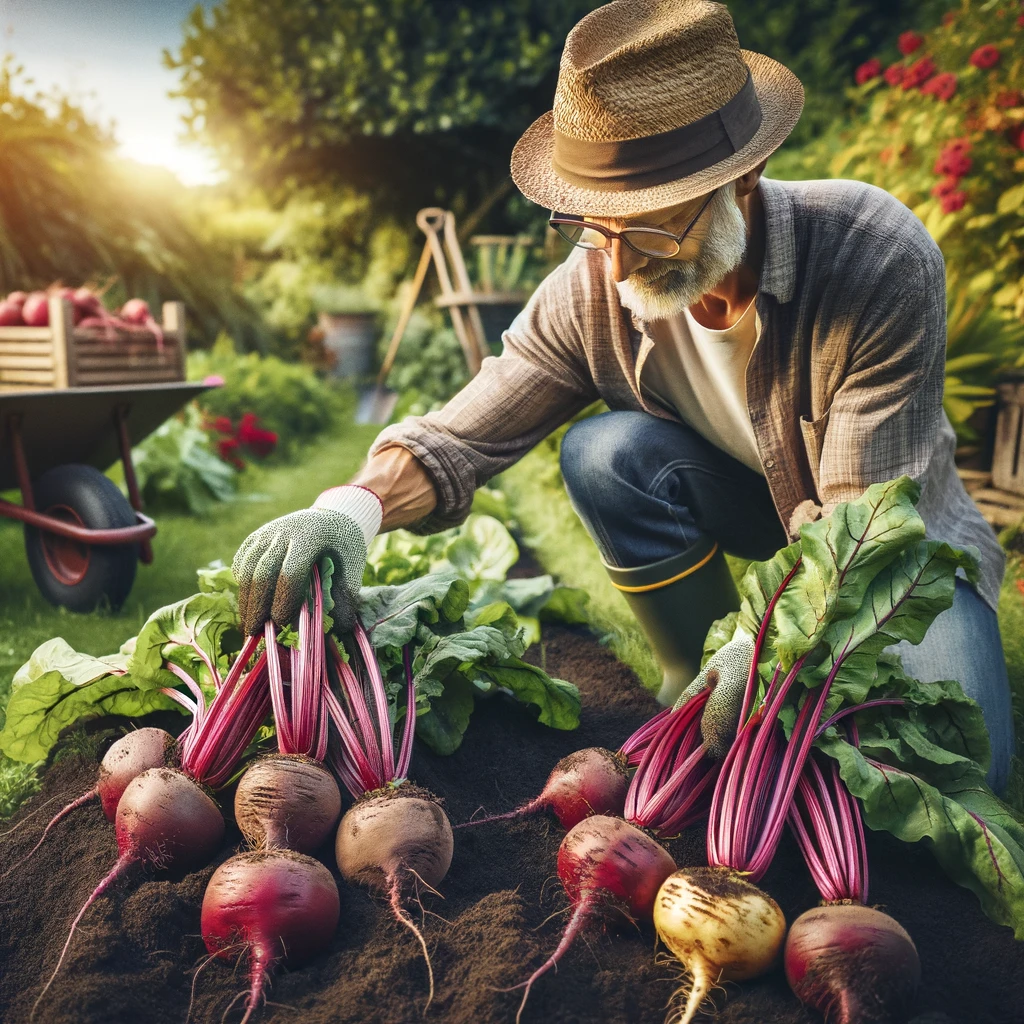Ancient Beginnings
While not as ancient as some crops, beets have an illustrious start. The ancient Greeks were among the first to recognize the value of beets—both for their leaves and roots. They were so revered that beets were even offered to Apollo in the temple at Delphi, where they were considered worth their weight in silver.
Roman Contributions
The Romans helped popularize beets across Europe, utilizing them as a dietary staple and a health remedy. Roman recipes included beets in various forms, from boiled roots to fresh leaves in salads. Their versatility in the kitchen and medicinal properties were well-documented by Roman agriculturists and physicians.
Byzantine Gardens
In the Byzantine Empire, beets were a common sight in gardens and were used both in cooking and in medicine. The Byzantines continued the Roman tradition of using beets to aid digestion and improve blood health.

Medieval European Spread
During the medieval period, beets spread across Europe. They were a common peasant food in medieval England and were found in the gardens of German monasteries where monks knew of their nutritional benefits, particularly for digestive health.
Eastern European Traditions
Perhaps no culture is as closely associated with beets as Eastern Europeans. In Russia, Ukraine, and Poland, beets are a key ingredient in many traditional dishes, most notably borscht—a hearty, beet-based soup that is a staple in Eastern European cuisine.
Jewish Culinary Customs
Beets hold significant cultural importance in Jewish traditions, particularly among Ashkenazi Jews. Beets are commonly used in dishes like borscht and are traditionally eaten during Rosh Hashanah, the Jewish New Year, symbolizing the hope for sweetness and blessings in the year ahead.
Victorian Era Popularity
In Victorian Britain, beets saw a surge in popularity. The Victorians valued beets for their nutritional content and vibrant color, often using them in salads and pickles.
American Cultivation
Introduced to the Americas by European settlers, beets took well to the varied climates of the New World. In the United States, they have been grown and consumed since colonial times, with their popularity only increasing as immigrant communities incorporated their traditional beet recipes into American cuisine.
Through the centuries, beets have not only been a food source but also a plant with considerable medicinal and cultural significance. From ancient Greek offerings to hearty Slavic soups and Jewish New Year feasts, beets have colored our plates and our history. As we continue to discover and rediscover the merits of this root vegetable, its story grows richer, much like its deep, earthy flavors that so many have come to cherish. Whether roasted, boiled, pickled, or juiced, beets carry with them the flavors of history and the nutrients of the earth.


